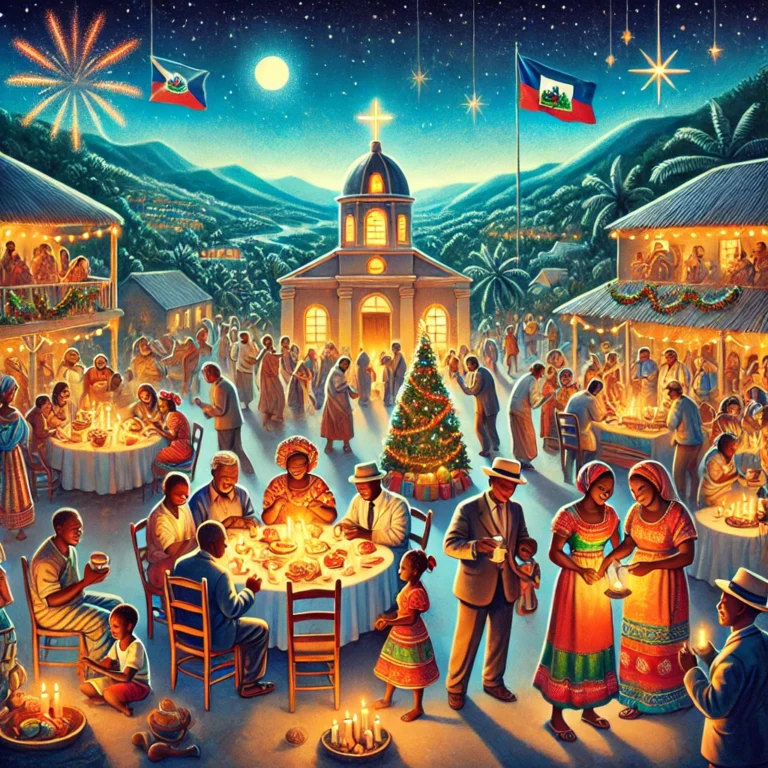The storm had not yet passed over the Figaro family, and the night was heavy with anticipation....
Haitian Culture
The Figaro mansion stood silent in the early morning light, its once-pristine façade now marred by the...
In the grand halls of the Figaro mansion, the air had grown thick with tension, the once-pristine...
The air inside the Figaro mansion was thick with tension, an invisible storm brewing behind its grand...
The Figaro mansion stood eerily silent, a stillness that felt unnatural after the chaos in the cellar....
Haiti, the first independent Black republic in the world and the first nation to abolish slavery, stands...
Soup Joumou is much more than a dish for Haitians—it is a symbol of liberation, resilience, and...
The air inside the Figaro mansion was electric, a tangible tension thick enough to choke anyone who...
It’s December 24th, the most anticipated night in Haiti—Nwèl!. Across the country, from bustling Port-au-Prince to tranquil...
The mansion lay shrouded in silence, the weight of the mysterious letter delivered at dinner still pressing...















